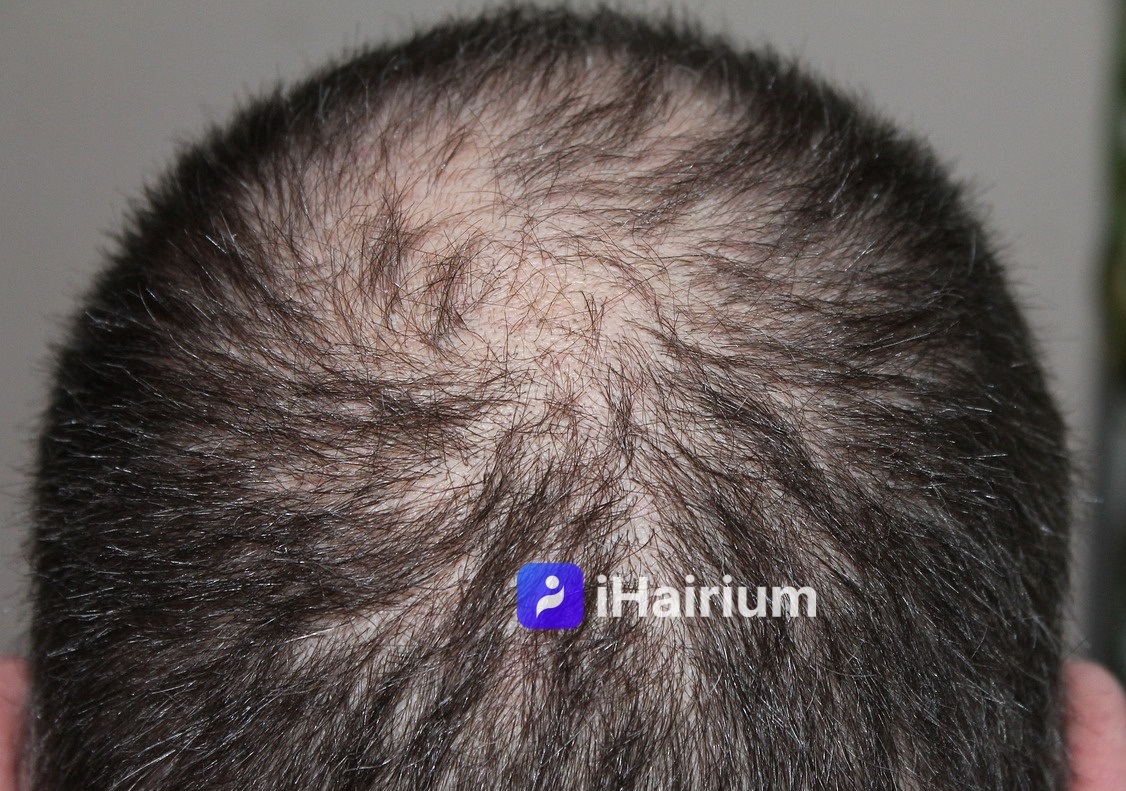Hair transplantation remains one of the most sought-after solutions for individuals struggling with hair loss. In recent years, advancements in this field have introduced more efficient and comfortable methods. From robotic systems to artificial intelligence, the future of hair transplantation is poised for revolutionary changes.
Current Hair Transplant Technologies
Modern techniques like FUE (Follicular Unit Extraction) and DHI (Direct Hair Implantation) have set a high standard. These procedures offer natural-looking results with minimal trauma. However, even these advanced methods can be time-consuming and costly.
Innovations Transforming the Field
1. Robotic Hair Transplantation Systems
Robotics are becoming an integral part of modern hair transplant clinics.
- How It Works:
- Robotic devices like Artas assist surgeons in extracting and transplanting hair follicles with exceptional precision, reducing human error.
- Advantages:
- Faster procedures.
- Reduced trauma to donor areas.
- High accuracy in designing natural-looking hairlines.
In the future, robots could fully automate the transplant process, making it faster and more accessible.
2. Artificial Intelligence for Personalized Results
Artificial intelligence (AI) is revolutionizing how hair transplantation procedures are planned.
- How It Helps:
- AI can analyze the patient’s hair structure and degree of hair loss to predict outcomes.
- It creates personalized models to show patients their potential “before and after” results.
- Optimizes follicle placement for maximum natural appearance.
3. 3D Printing of Skin with Follicles
3D printing technology is paving the way for breakthroughs in transplantology.
- Future Potential:
- Scientists are working on developing artificial skin with follicles that can be transplanted. This could be a game-changer for patients with limited donor areas.

4. Stem Cell Therapy for Hair Loss
Stem cell therapy promises to be a revolutionary treatment for hair loss.
- How It Works:
- Stem cells are extracted from the patient’s skin, cultivated in a lab, and reintroduced to stimulate new hair growth.
- Benefits:
- Regenerates damaged follicles.
- Suitable for patients with severe hair loss or total baldness.
5. Biomaterials to Enhance Hair Growth
Research is focusing on biomaterials that stimulate hair growth.
- Examples:
- Hydrogels infused with nutrients.
- Nanoparticles delivering active ingredients directly to follicles.
These technologies could complement traditional transplants by boosting their success rate.
How Will These Innovations Impact “Before and After” Results?
The primary benefit of these new technologies is the significant improvement in results.
- Natural Appearance: Advanced methods ensure precise hairline recreation for an undetectable transplant.
- Speed: Robotic systems and AI reduce procedure time.
- Longevity: Stem cell therapy and biomaterials enhance durability.
When Will These Technologies Be Widely Available?
While many of these innovations are still in development or clinical testing, robotic transplantation and AI diagnostics are already accessible. Over the next 5–10 years, broader adoption of stem cell therapies and 3D printing in clinics worldwide is expected.
Conclusion
The future of hair transplantation promises to be not only effective but revolutionary. Emerging technologies such as robotic systems, AI, and stem cell treatments offer unprecedented possibilities for achieving outstanding “before and after” results. For those considering hair transplantation, keeping an eye on these innovations will help choose the most advanced and suitable method.










